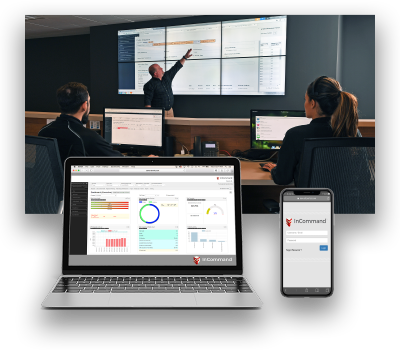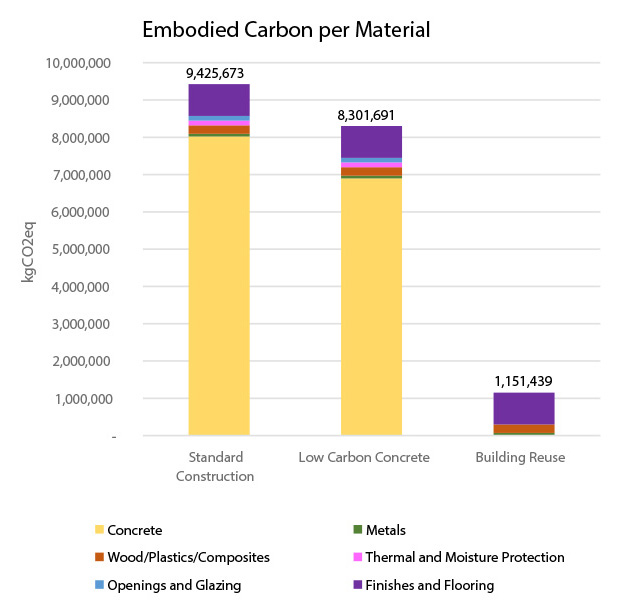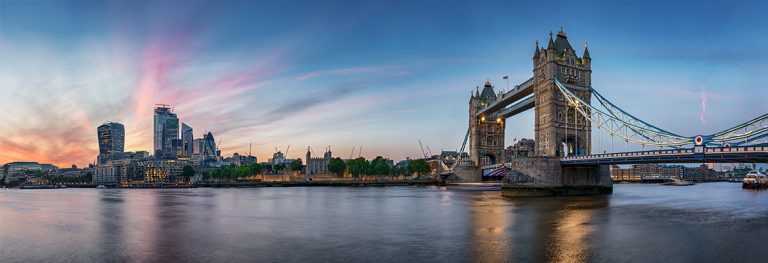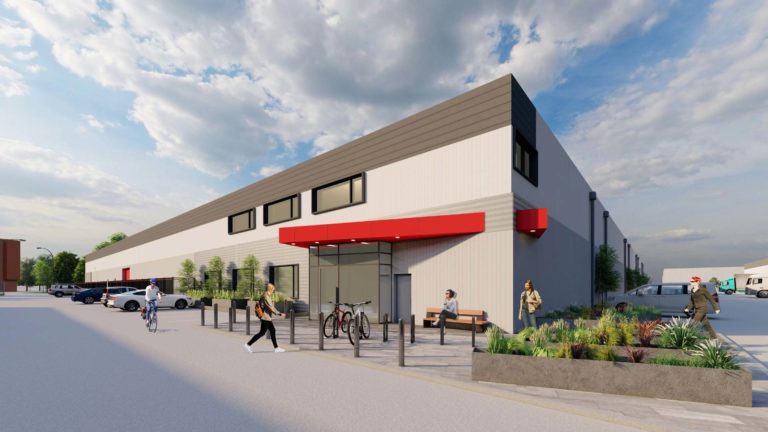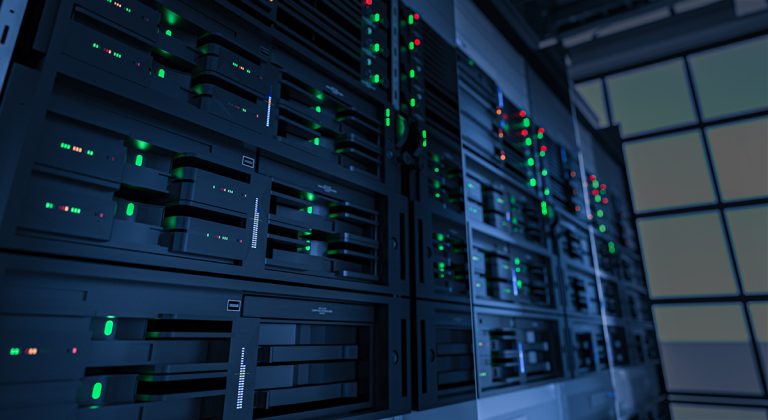In fact, its life expectancy has grown.
The COVID-19 pandemic is a human health crisis that hit within a global environmental crisis.
At times of uncertainty and massive shock the medium to long term impact on business, economics and people is difficult to forecast.
What can be said with some confidence is that reshaping operations and reevaluating infrastructure is firmly on the agenda. Providing sustainable data center infrastructure will be vital.
Like all utilities digital infrastructure services are most appreciated when they become unavailable. Data centers and more broadly, cloud and enterprise IT, can be said to have had a good COVID crisis thus far.

Operators, service providers and end user IT departments responded quickly to the new requirements sparked by the rapid shift to Working from Home. WFH is a global phenomenon which happened almost instantaneously. It accelerated the rapid adoption and expansion of remote IT use at an unprecedented rate. That data centers and networks coped with the surges in use of collaboration tools, rapid VPN deployment, hybrid cloud adoption and content streaming for information and entertainment is testament to the speed, agility and capabilities of the industry.
“Can it be delivered sustainably?”
Life expectancy
But we are at the beginning. Behavioral change raises some interesting infrastructure use, management and operational questions for data center operators. But not in the way you might think.
Pre-COVID demand for digital services of all types was already booming. It is now going to expand exponentially. It is hard to think of an industry or sector which today is not more reliant on data center and network infrastructure compared with just a few months ago.
Greater reliance and demand growth raises questions about how and where the required physical and power capacity to meet new demands can be found? Can it be delivered sustainably? How can it be provisioned with the lowest possible environmental impact?
While digital infrastructure has performed well in the short period since COVID hit, for it to be seen as sustainable and as having a good long-term environmental crisis requires fresh thinking.
A building boom which risks generating creating unacceptable amounts of embodied carbon is not the answer. Consider that cement production is among the world’s most carbon rich production process. The concrete free data center is some years away.
The graph shows the embodied carbon for the same building in three different scenarios. The first one is a standard new construction, the second is a standard new construction with a low carbon concrete, and the third is reusing an existing building. These scenarios are broken down per material, showing how concrete is the main contributor of embodied carbon in this case.
Therefore, Serverfarm believes that when it comes to data centers it makes economic and environmental sense to make better use of what you already have.
Serverfarm has proved it can take existing enterprise or commercial data centers and create new sustainable capacity – sometimes doubling the capacity of an existing asset with lower environmental impact that starting a new build from scratch.
Through its engineering expertise Serverfarm has expanded the capacity at its LON1 data center from 6MW to 10MW in an existing building. In Chicago, the company’s modernization of its data center avoiding a new construction project delivered the equivalent of an 88% reduction in embodied carbon use.
Newly built data centers will clearly have their place in an expanding data center sector.
But only thinking in terms of new builds is not the most sustainable approach. Where possible it is better to avoid reproducing the embodied carbon of an existing data center. If existing physical and M&E infrastructure can be upgraded to provide new low carbon capacity – this can make more economic and environmental sense.
“The cleanest data center is not powered by renewable energy, it is one that does not need to be built.”
Susanna Kass
Sustainability Advisor – UN

With Serverfarm, extending the life span of a data center is not about asset sweating. It is about modernization. Replacing ageing inefficient M+E equipment extends the working life of the physical building by growing the capacity available inside the shell.
Serverfarm’s approach is to examine and think differently about what already exists.
If you have an existing shell with ageing plant that has become less efficient over time Serverfarm is unique among data center operators in having the financial and engineering expertise to expand the lifetime of the asset, turn it into a revenue generator and provide low cost, low carbon digital infrastructure for your business.
The data center – even an ageing one – is not dead yet. Its productive life can be extended by decades and millions of tons of carbon and other GHGs can be saved in the process.





